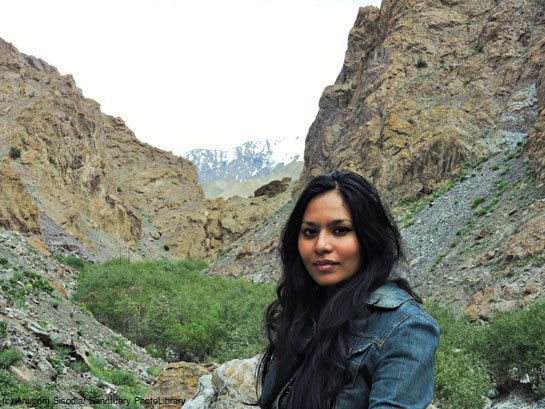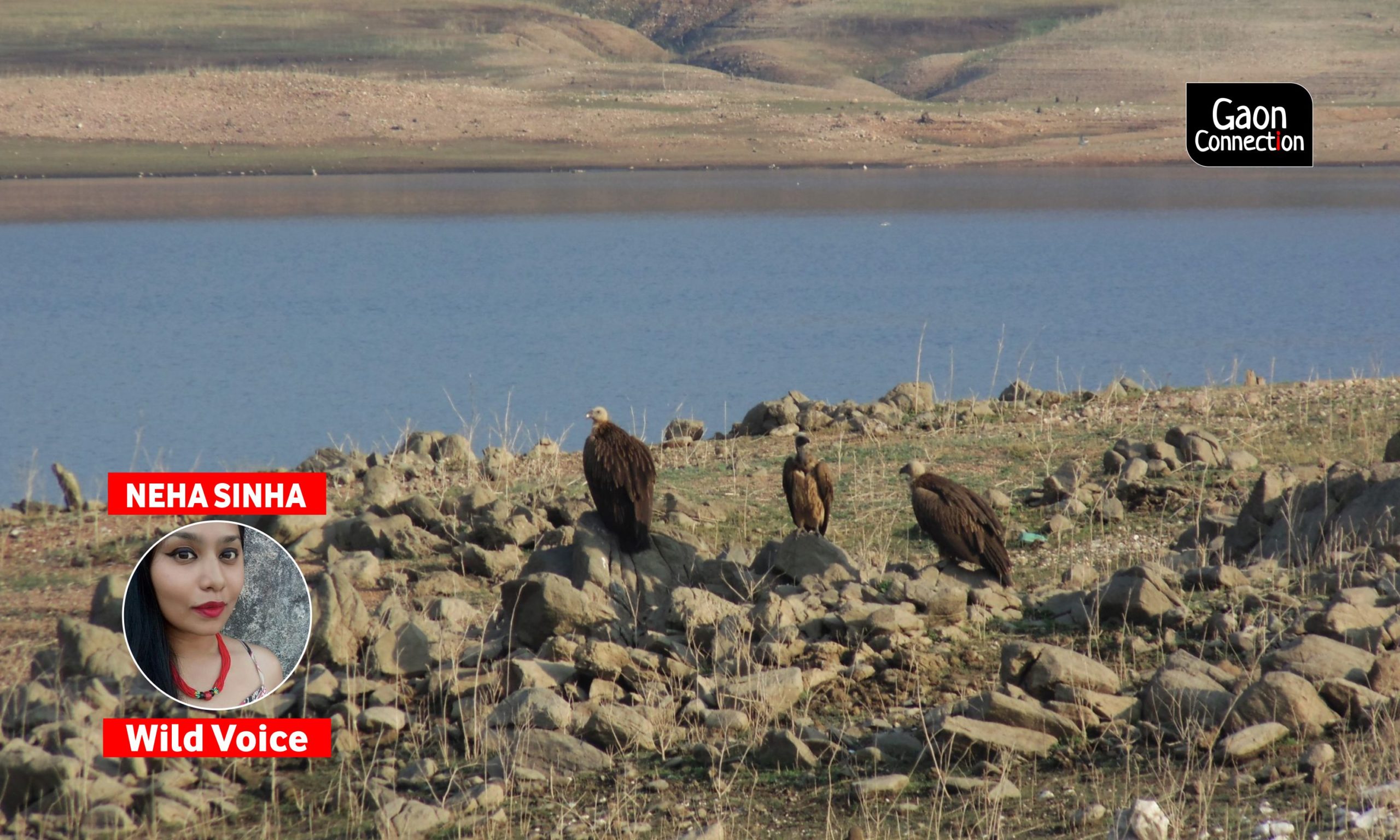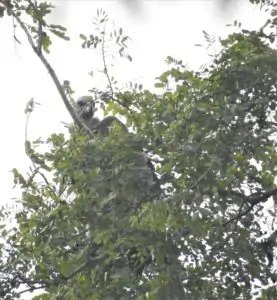The vulture soars again
For the first time, captive-bred White-backed vultures have been released in the wild. This is a big step towards turning the clock back on extinction- and then, in rewilding India.


It was the ugliest nest I had ever seen.
On a dusty Eucalyptus tree on Delhi’s Hailey Road, a jumble of materials served as a nest. There was no shape to it. Most bird nests I had seen possessed a sort of internal logic holding the structure together—a bulbul made a cup-shaped nest, sunbirds made a long, hanging nest, tailorbirds sewed leaves together to hide their nests.
Even crows, with their untidy, poky nests of sticks, had better architecture than what I was seeing.
The nest on the Eucalyptus tree was an assortment of oddities. It had cloth rags, twigs, twine, big branches, and what looked like a piece of towel hanging from it. Two huge, ponderous birds were behind this creation. They raised a single, hungry chick in the nest. The little one’s head was covered in down, and somehow it managed not to fall out of the structure. That day, I went home to tell my mother that Vultures are lazy, and they didn’t make good nest designers. Yet, that vulture nest was to become one of the few sights of wild vultures I was to ever see.

In the 90s, Gyps vulture populations crashed almost totally. A veterinary drug named diclofenac, used on ailing cattle, poisoned millions of vultures. These Birds were a ubiquitous sight, sunning themselves on building terraces, sitting solemnly on trees, and eating up the hundreds of dead cattle that the country produced each day. Two big events have changed the destiny of vultures, in single generations.
The first was the 99.9 per cent population crash that Gyps vultures suffered. Cattle carcasses lay bloating across the land. The familiar sight of vultures cruising the air on hot thermals was no longer visible. The second was the conservation action – the government of India and the Bombay Natural History Society started rearing vultures in captivity. Numbers in the wild were so low that there were real fears that all of them would go extinct. The plan was to phase out diclofenac and introduce the captive birds in the wild. Vulture centres were set up across India, incubating precious eggs, rearing chicks, and keeping them in naturalized enclosures that allowed them to rest, fly and nest.

This month, for the first time, captive-bred White-backed vultures were released in the wild. This is a big step towards turning the clock back on extinction- and then, in rewilding India. It is hoped these vultures will thrive and grow in numbers. The birds are fitted with tags that will track their flight.
Previous satellite tracking of vultures has uncovered fascinating insights. Even for such a big bird, they travel hundreds of kilometres for food. A satellite-tagged vulture moved between Jharkhand and Nepal. In South Africa, White-backed vultures ranged across six countries – South Africa, Namibia, Angola, Zambia, Botswana, and Zimbabwe with thousands of square kilometres as the average area they covered, looking for food.
Thinking back on the vulture family I would see in Delhi, I wonder where those vultures came from, how far they travelled every day looking for a meal, and if their demise too came because of the deadly diclofenac.
Even as conservationists and state governments work hard to bring vultures back from the jaws of extinction, it seems the only way we, as people, keep the birds alive is by hurling abuses. When a young actress was hounded by the media, people called the pushing paparazzi a ‘group of vultures’.
But nothing could be further from the truth. These Birds are not aggressive, opportunistic creatures preying on the hapless [this would be an apt description for certain members of the political fraternity, or for online trolling]. Instead, vultures are gentle, even timid birds that will never touch a living animal. They feed only on carrion and do a stellar job at cleaning up carcasses.
So timid are these birds that they will throw up their food if you approach them. There is nothing wrong in wild animals being aggressive – but to call vultures bad omens associated with slavering greed, bullying and death is not just factually wrong, it is also in bad taste.
In fact, I’d call for a new language. As patient as a vulture, as grand as a vulture, as dignified as a vulture.
As I go through Delhi, my eyes desperately search the tops of tall trees – for an untidy, large nest, holding no particular shape, full of memories, and a stately bird. One day.

